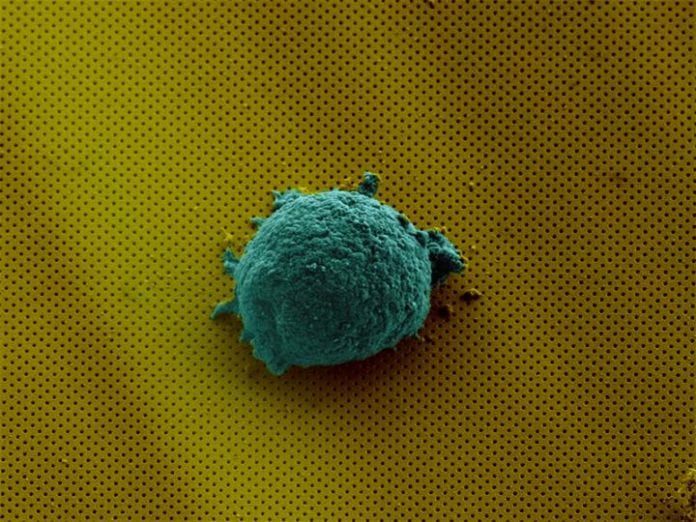Lab-on-a-Chip Sheds Light on Human Cell Communication
Single‐cell evaluation of cytokine secretion is necessary to understand that the heterogeneity of cell functionalities and develop innovative therapies for multiple ailments.
Unravelling the energetic secretion procedure at single‐cell resolution shows that the real‐time operational status of human cells. Fluorescent and colorimetric‐based modalities require dull molecular tagging that attracts inevitable interferences with cell integrity and interrupts the temporal resolution.
Now, an Australian-Swiss research team, has introduced a breakthrough lab-on-a-chip technology that offers unprecedented insights into how individual cells behave – something that scientists are discovering is far more complex than previously thought.
“We know a lot about how groups of cells communicate to fight disease or respond to infections but we still have a lot to learn about individual cells,” Distinguished Professor Arnan Mitchell, Director of RMIT’s MicroNano Research Facility, said. “Studies have recently shown that you can take two cells of the same type and give them the same treatment but they will respond very differently. We don’t know enough about the underlying mechanisms to understand why this happens and we don’t have the right technologies to help scientists figure it out.
“Our solution to this challenge is a complete package – an integrated optofluidic biosensor that can isolate single cells and monitor the chemicals they produce in real-time over at least 12 hours. It’s a powerful new tool that will give us a deeper fundamental understanding of cell communication and behaviour. These insights will open the way to develop radically new methods for diagnosing and treating disease.”
This particular biosensor is an enhanced adaptation of microfluidic lab-on-a-chip technology. A microfluidic chip contains tiny channels, pumps and processors, thereby enabling precise and flexible manipulation of fluids.
Compatible with traditional microscopes, this newly developed technology is a thin glass slide coated with a gold film, perforated with numerous, over a billion, of tiny nanoholes arranged in a specific pattern.
And these nanoholes transmit a single colour of light, due to an optical phenomena, plasmonic effect. Through this observation of the colour transmitted, the presence of minute quantities of specific chemicals on a slide without any external labels can be determined.
This method of detection allows for continuous monitoring of the chemicals produced from a single cell in real time.
Cytokines are, as known, small protein molecules produced by a broad range of cells to communicate to other cells. They are known to play an important role in responses to infection, immune disorders, inflammation, sepsis and cancer.
This research found the lymphoma cells produced cytokine in different ways, unique to each cell, enabling researchers to determine each cell’s “secretion fingerprints”.
“If we can build up a clear picture of this behaviour, this would help us sort good cells from bad and enable us to one day develop treatments that precisely target just those bad cells,” Mitchell said.






























